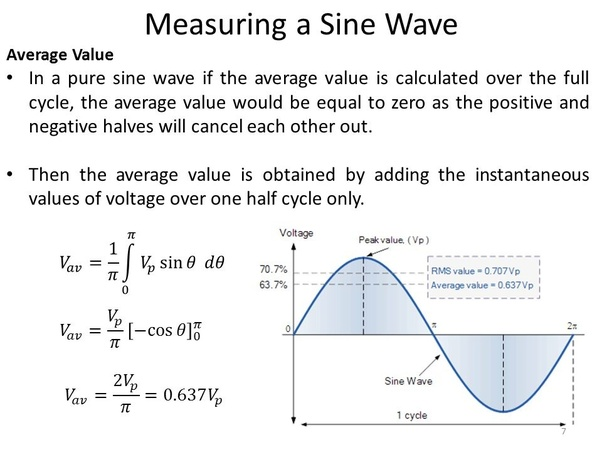I have been building a 28V linear power supply to power a vintage military radio. I want it to be as simple as possible,o I built it with a 120-30VAC transformer, it then runs through bridge rectifier diode.
The voltage coming out of the diode is 26VDC which is close enough for those old radios. But when I wire in a capacitor to smooth out the signal the voltage jumps up to 40VDC regardless of the value of the capacitor I use. I have tried a 50V 3300 microfarad capacitor and a 28V 6600 microfarad capacitor. I am not using any kind of voltage regulator IC because I didn't think I would need one if I could just get the power supply to output the voltage I want. My main question is why does the voltage jump so high after the capacitor and how can I fix it? I have included a wiring diagram for the circuit I made.



